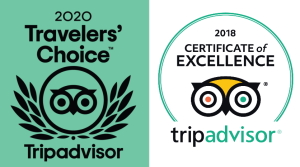Wine in the Peruvian Desert
The area around the city of Ica is the principal wine-making region of Peru and although it is home to some major players in the domestic market, one being the oldest winery in the Americas no less, it is only recently making progress on improving wine quality and unfortunately still lags far behind its neighbours of Chile and Argentina.
We had not visited Ica in years and on this particular trip, we wanted to get up to speed on two topics. The first was any wine tourism developments since we were last here, and the second was to evaluate Peruvian wine quality and examine any new, or interesting winery projects for our fledgling Sacred Valley Wine Club. Let’s deal with the wine tourism angle first, as it’s what pays our bills.
The two main protagonists in wine tourism in and around Ica are the Queirolo and Tacama wineries. Both of these wine and Pisco-making companies have a long history but Tacama is recorded as having the first commercial vineyard in all of the Americas, dating back to 1540. Both of these family-owned companies have made large investments over recent years and the results are impressive. We found tourism facilities that would stand up well anywhere in the wine world.

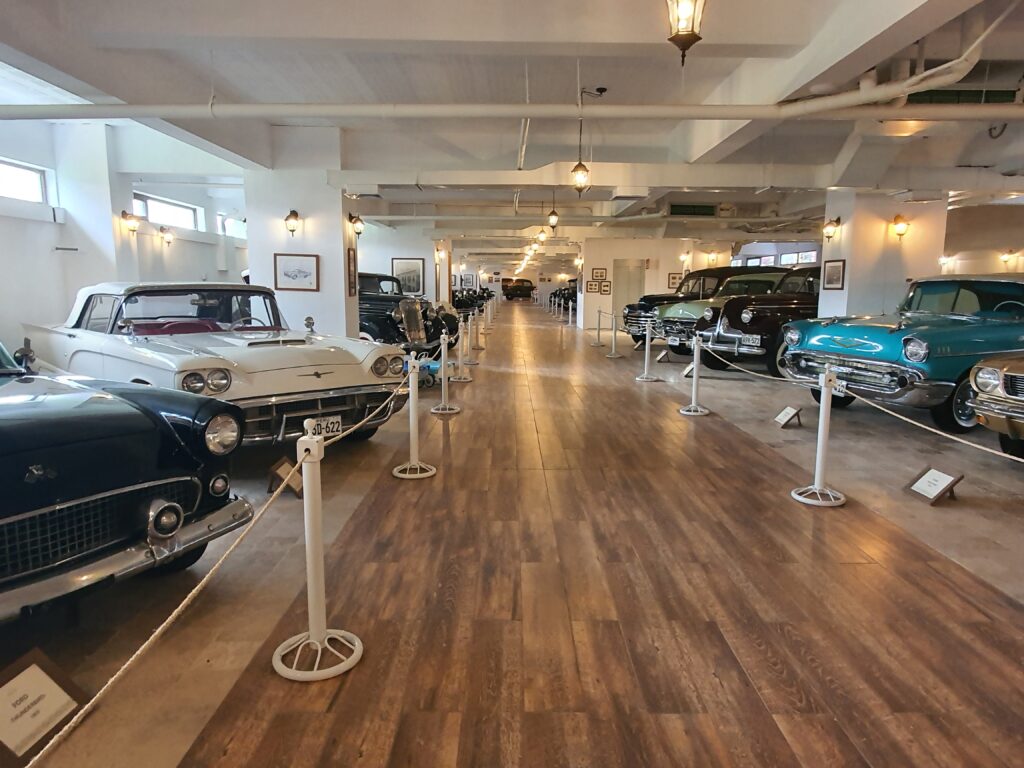
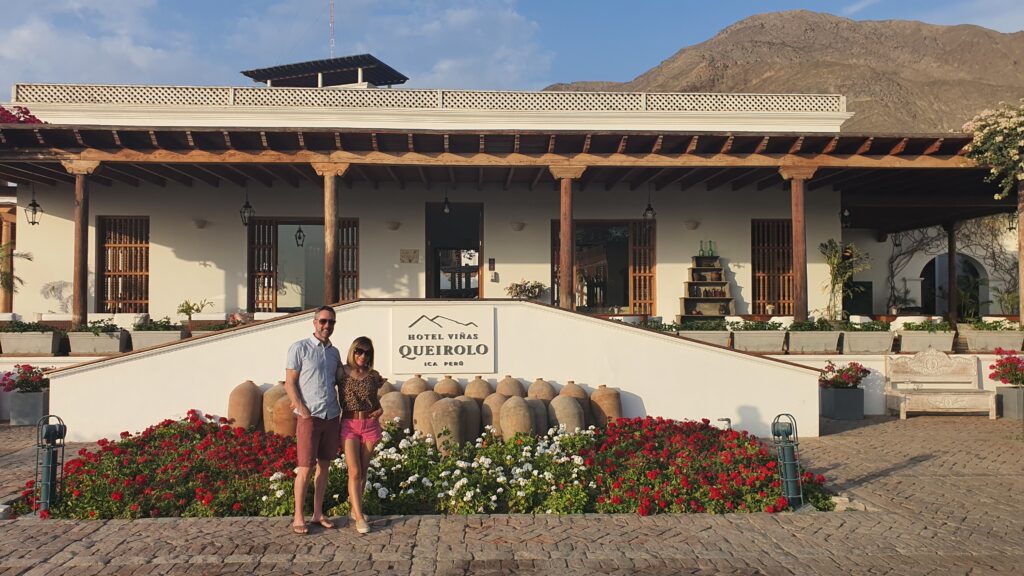
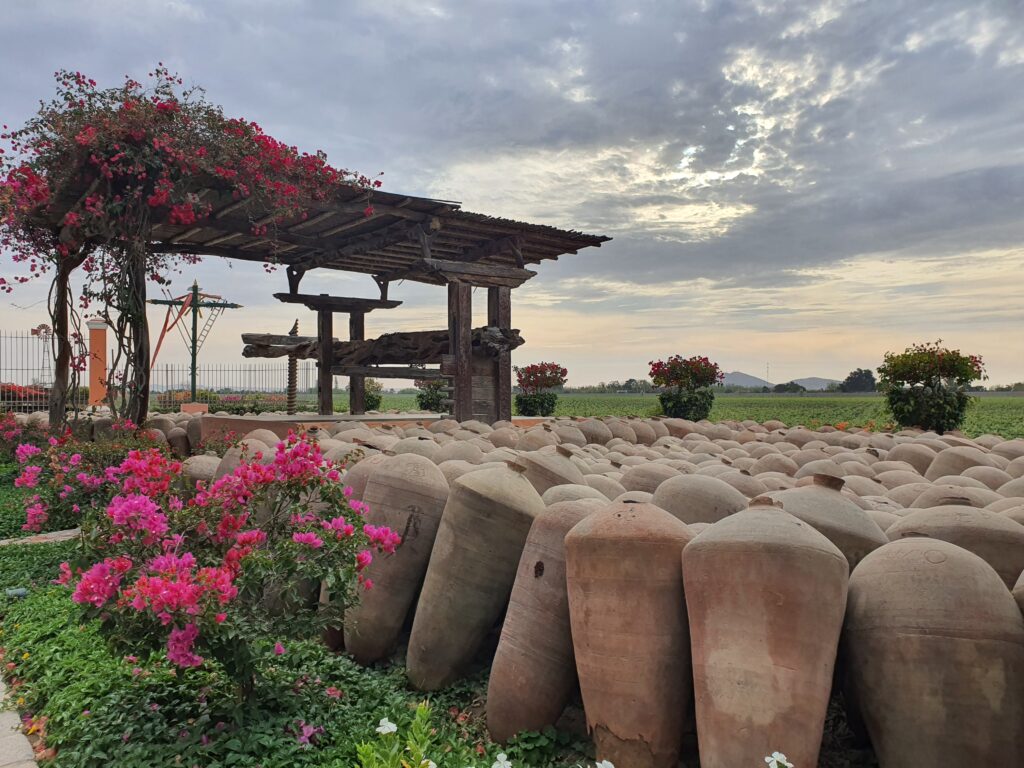
Queirolo has a polished style, is more upmarket than all the other Peruvian wineries, and has high-end infrastructure (for Peru at least!) with a nice level of customer service. The company has invested a lot of money in their hotel facilities over recent years, they have a superb collection of saddles and horse-riding-related accessories plus the second-largest collection of classic cars in Peru, displayed impeccably in the specially conditioned basement of the hotel. It is easy to spend all day at this winery with its vineyards, a winery, lovely hotel, a restaurant with views over the vines and three museums to keep you busy. A trip up to the viewpoint over the vines for a glass of bubbly is also a nice experience. Queirolo must be commended on its work to improve the visitor experience and when we have the chance to place guests at the hotel we will certainly do so.
At Tacama, weekends offer the chance to see some Peruvian “Paso” horses in action. The Caballos de Paso tradition is one of the cultural gems of Peru and a chance to see these majestic animals in action should not be passed up. The winery tour and tasting can be combined with a great meal at the excellent restaurant, and Tacama has quite a range of wines in its portfolio these days. This is the oldest winery in the Americas and they are very proud of it, you will see period buildings on the tour and be able to wander the vines and relax in shady patios. They also have the most professional technical tasting room in Peru as you can see below. You can easily while away a lovely afternoon here, and we did!
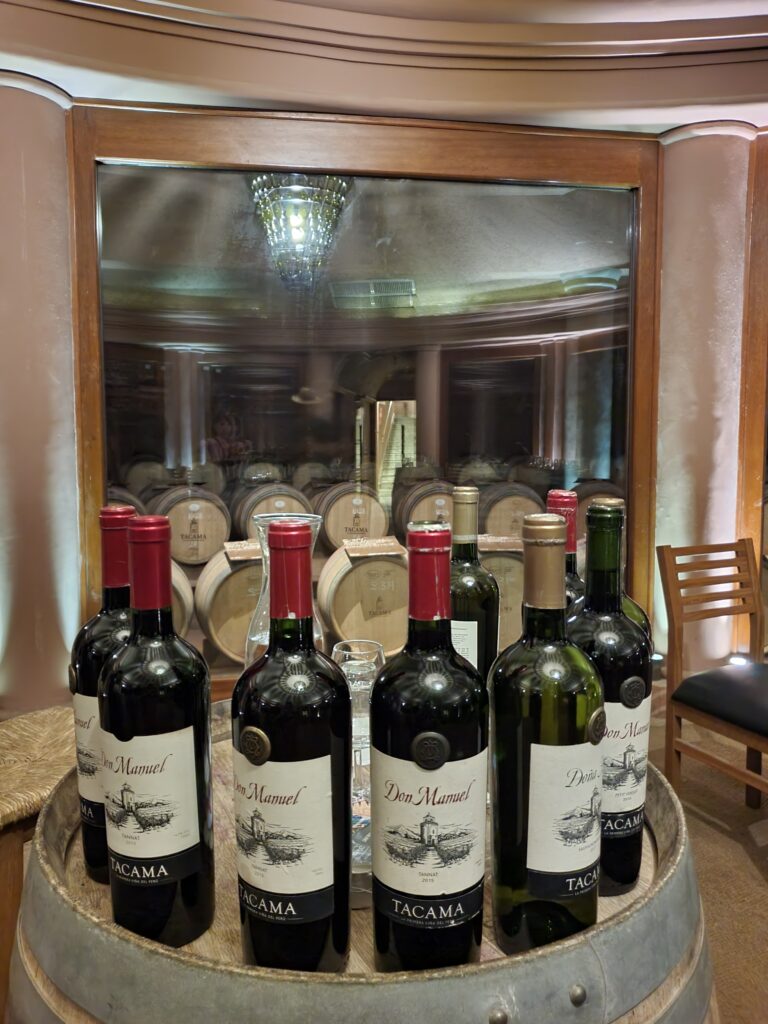
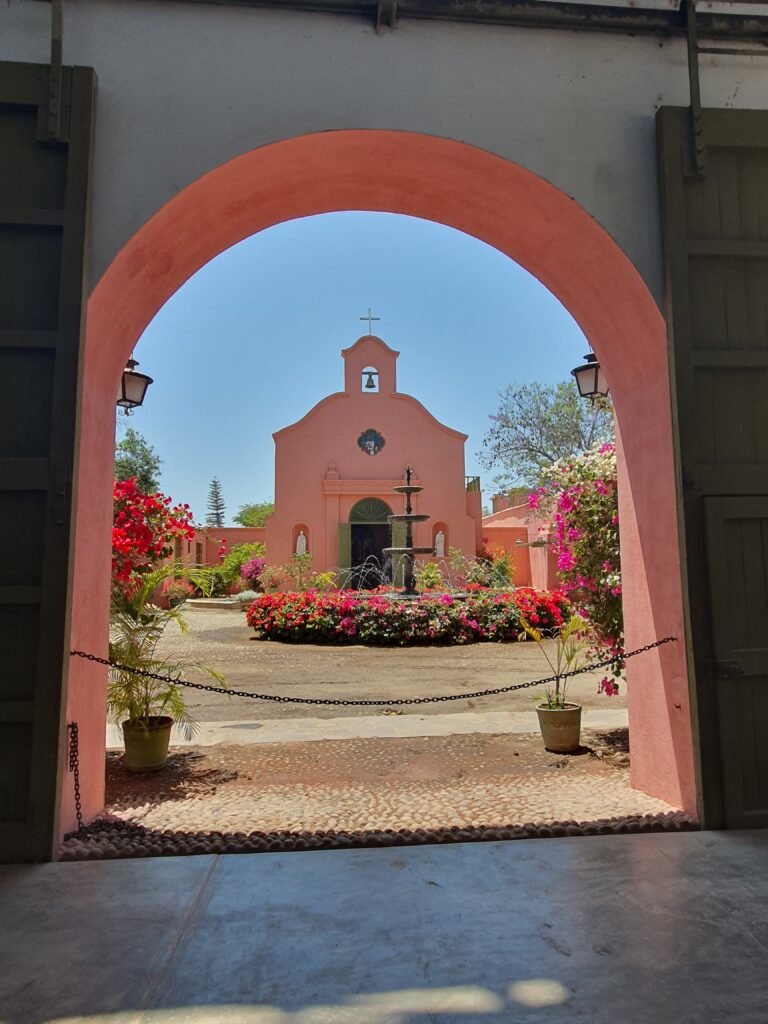
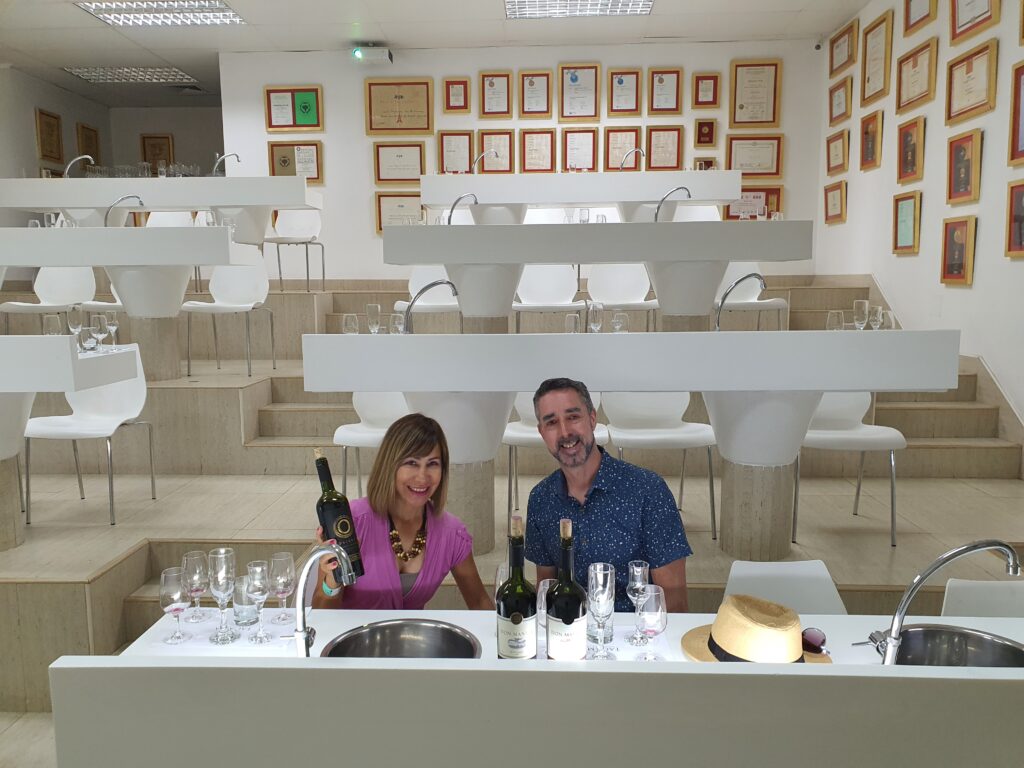
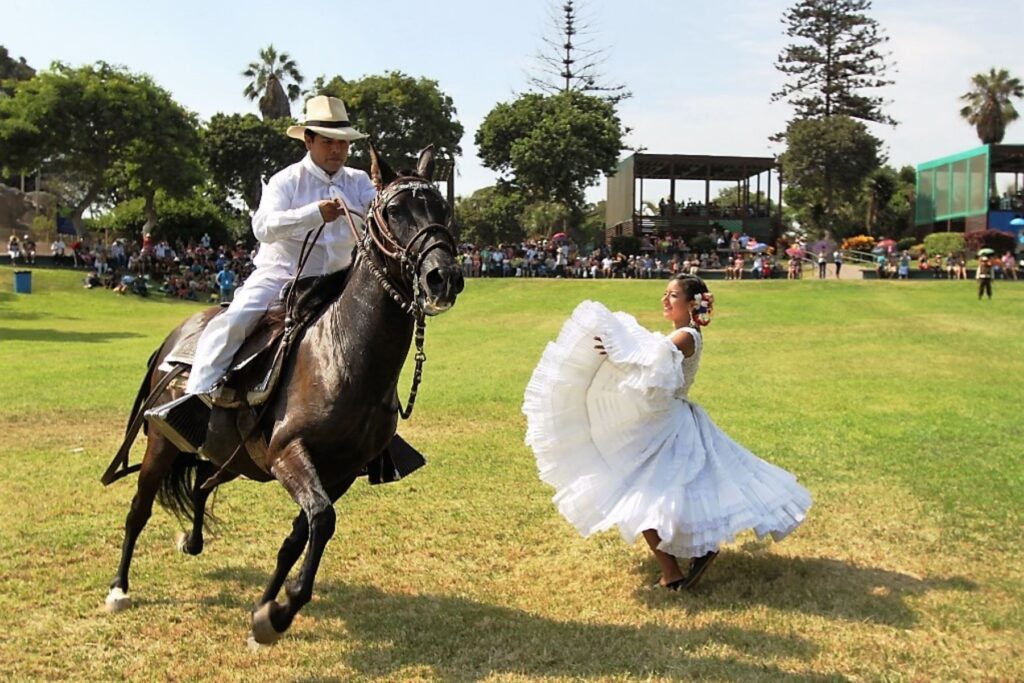
What about Peruvian wine?
The region of Ica is not just about the big boys in the Peruvian wine industry, there are now some boutique players making noise and also developing better, and unusual wines. Viña de los Campos and Bodega Murga are two such wineries, and in common with several other producers, emphasis is now being placed on making still wine from grape varieties previously only used for Pisco. Grapes such as Quebranta, Mollar, Negra Criolla, Moscatel de Alejandria, Albilla and Italia are being vinified into dry wine and are appealing to a middle-class that is only just waking up from purely drinking local sweet, un-structured wine. Peruvians with a certain socio-economic level travel more these days and experience what the rest of the world is drinking.
Thankfully this is prompting a small but noticeable shift away from what Malka and I generally consider to be an abomination of a beverage, Peruvian “borgoña”. This ubiquitous drink is made from the Vitis Labrusca grape Isabella and is left with residual sugar and often no discernable structure. This is the “wine” of choice for the majority of Peruvians but little by little this is changing. There are more and more importers, wine bars and speciality wine stores stocking foreign wines (which, unfortunately, are still overpriced) plus domestic producers are improving their offerings also, but again they are still overpriced for what they represent in our opinion, but let’s applaud some progress nevertheless!
Rant over!
Note: Quierolo have introduced a Quebranta rose which is very nicely made and quite complex considering the high yields at which Peruvian wineries harvest (a rant for another day!). Malka and I think it is the best Quebranta we have tried so far.
Peruvian Natural and/or Low-Intervention Wine
A niche wine category that is starting to become noticed in Peru, although I would prefer to call it “low-intervention” wine as no wine is natural per se. One of the most important players in this segment is Pepe Moquillaza, and he is quite a character. We now have the privilege of calling Pepe a friend and seeing how his work in the low-intervention wine movement has been impactful. He always impresses us with his commitment and passion.
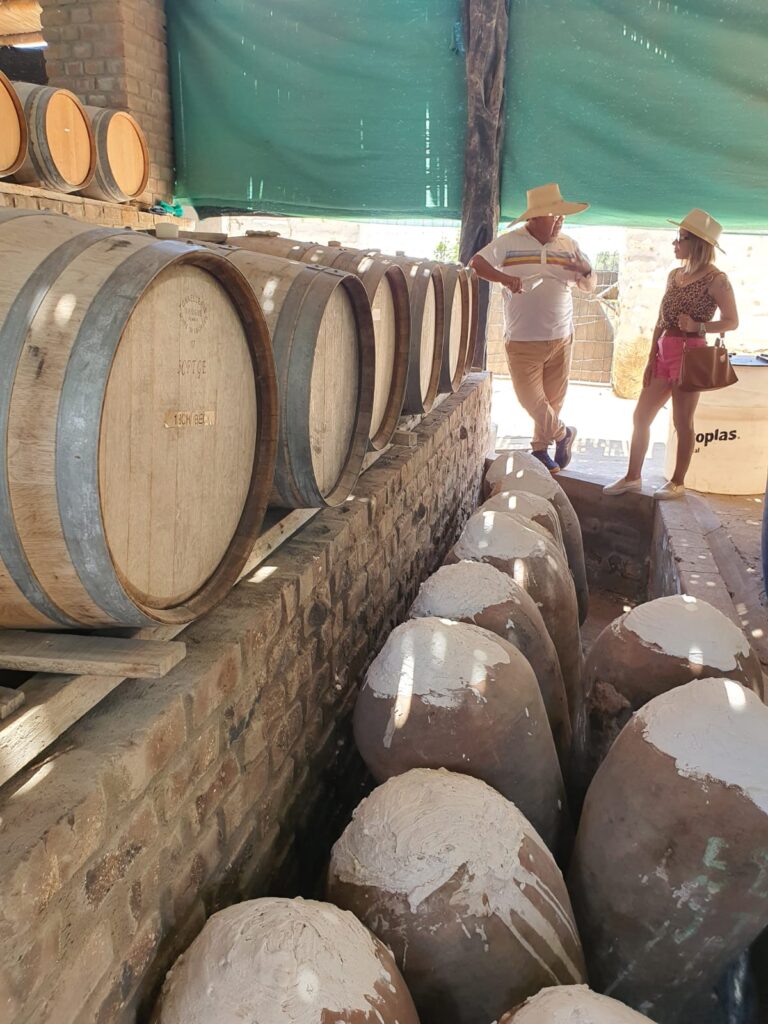
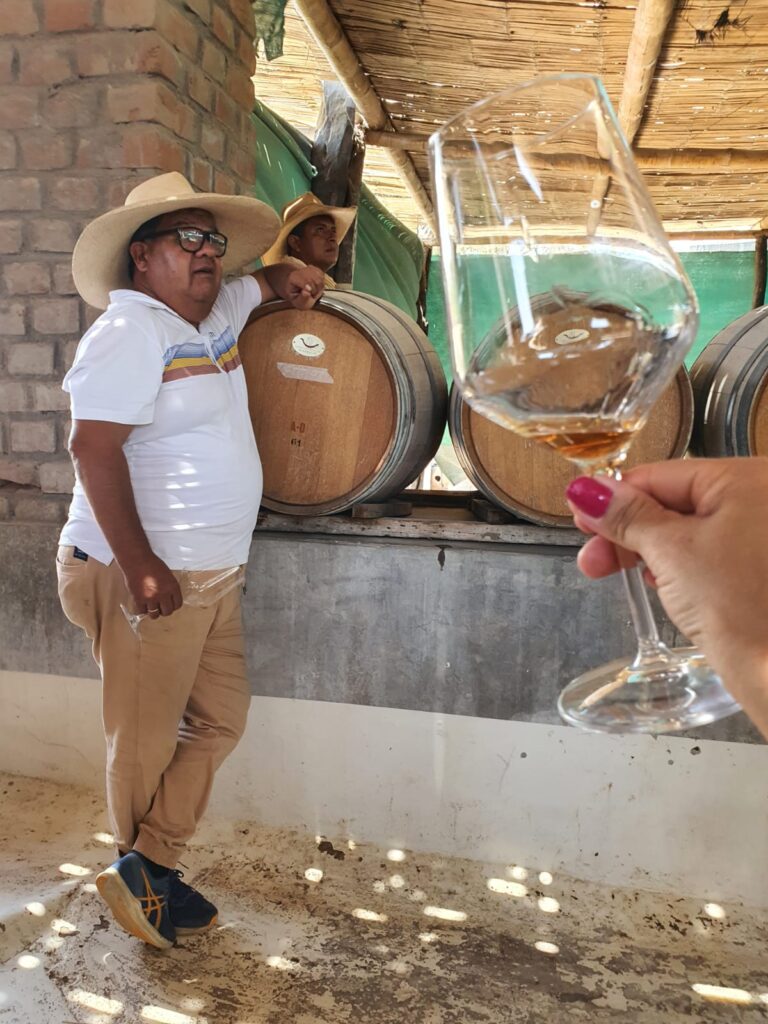
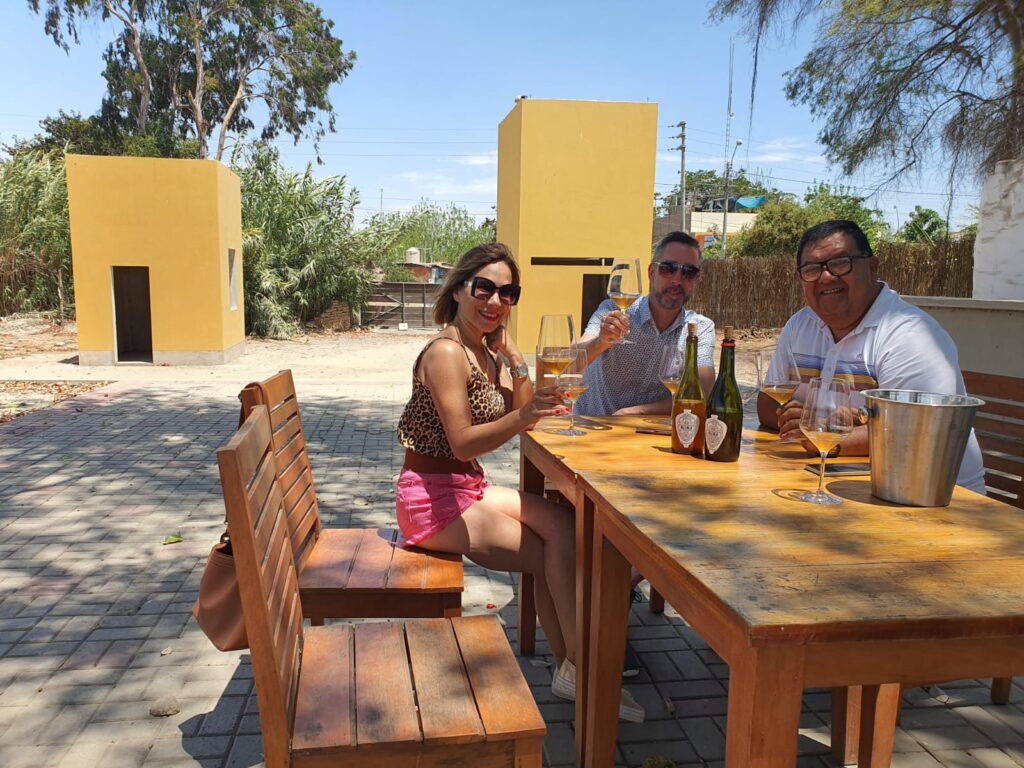
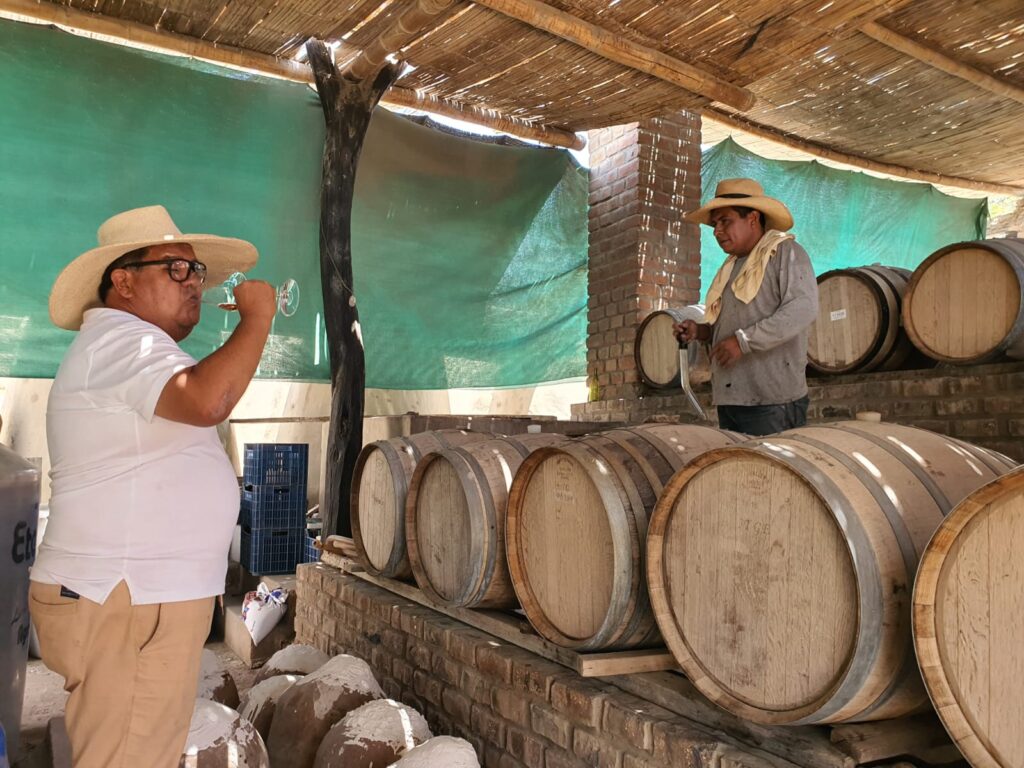
Pepe’s range of wines hail from different Peruvian ecosystems and terroir, from desert coast to high mountain, and his use of traditional and historic winemaking techniques, combined with age-old vine training systems and patrimonial grape varieties represent a wonderful echo of the past in an industry that tends towards using ever more sophisticated technology.
As you can see in the photos above his winery is very rustic, with no electricity, and uses a reed-covered roof plus hosing down his vessels with water to keep the temperature down. No chemicals are used and nature is pretty much left to do its thing. This is a risk of course, but one Pepe is convinced is worth taking.
There is quite a distance to travel yet for Peruvian wine, but the future could be very bright indeed, especially if the country’s wine hits the heights that its gastronomy has. As Tim Atkin recently commented “People — not just Peruvian people — like the idea that Peru makes wine, even if they don’t have much idea what it tastes like…..My hunch is that it’s making the best wines in its history, with many more to come.”


